Ancient Psychedelia: Alien Gods & Mushroom Goddesses
Online Book - Chapter 1, Page 18
Back to Online Book Mainpage / Next Page (Chapter 1, Page 19)
In parts of Greece, the goddess worship culture was held in high esteem from earliest times. English archaeologist Arthur Evans writes in the Palace of Minos: “At Knossos the flat fiddle-shaped figurines were peculiar to the Middle Neolithic period (c. 3500 BC) (11h), but the stumpy steatopygous type continued to the past phase … In Crete it is impossible to dissociate these primitive statuettes from those that appear subsequently in the shrines and sanctuaries of the Minoan Goddess.” (51) In Anatolia, there are bird goddess idols made from stone which are shaped like the bird and the mushroom, c. 4000-3000 BC (11g).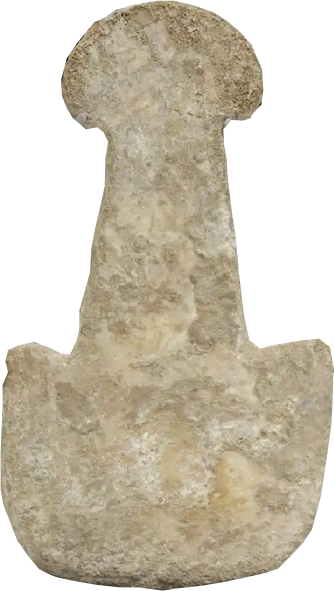 (11h) Anatolia Kusara Type I Idol c. 2700 - 2100 BC 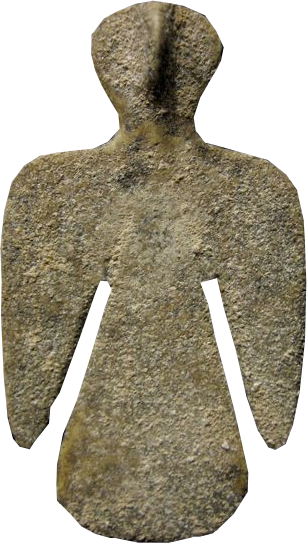 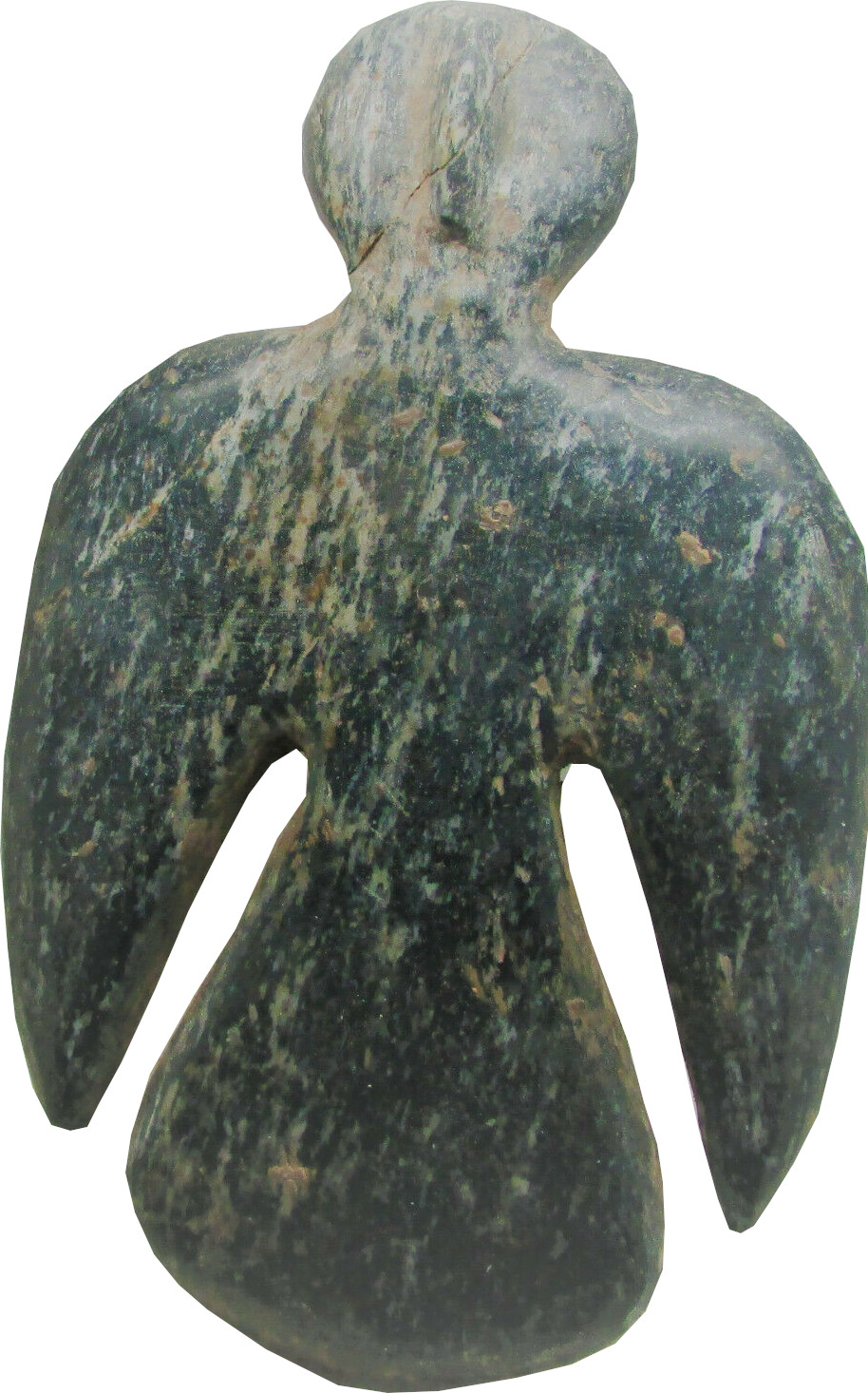 (11g) Anatolia “Bird” Goddess Idols c. 4000-3000 BC Therefore, the beginnings of goddess worship in Greece can be traced back in the island to the middle of the 4th millennium BC, when connections with Asia Minor had been established. Then later on, during the Middle Minoan period (c. 2100-1700 BC), when these Asiatic relations increased, the Goddess began to take on anthropomorphized figures and various roles characteristic of her association with animals and nature forces. (52) In the Mosul district of Northern Iraq, within proximity to the Tigris River and the ancient city of Nineveh, were discovered the Arpachiyah figurines dated earlier than 4000 BC. Numbers of headless clay female statuettes have been found which archaeologists call the “Venus type.” They tend to vary in shape, but they all seem to appear as large breasted, with navel apparent, slender waisted with defined female features. Many of them are either in a state suggestive of pregnancy or in birthing position. (53) Several of these figurines are very similar to the Paleolithic Lespugne, Wisternitz and Willendorf styles (8b, d). (54) This particular collection of female figurines reveals that the emblems of goddess worship were in common use in a variety of shapes in Northern Iraq, probably in the fifth millennium BC, long before they appeared in the Eastern Mediterranean. These iconic images include the double-axe and the dove, the bull’s head and the serpent, as appear in Crete and the Aegean as well. (55). |
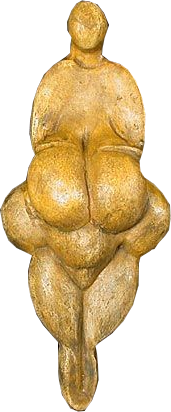 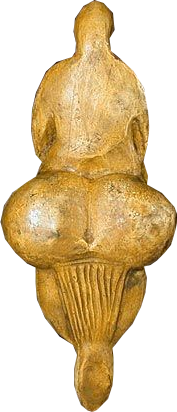 (8d) Lespugue Goddess (51) Evans, Palace of Minos, vol. i, 1921, p. 5 (52) The Cult of the Mother Goddess, p.128-29 (53) ibid, p.23 (54) ibid, p.257; Mallowan and Cruikshank, Iraq, vol. ii, i, 1935, pp. 85f. (55) ibid, p.23; (M.E.L. Mallowen and J. Cruikshank Rose, Iraq, vol. ii, pt. 1, 1935, p. 95, cf. p. 87) (56) ibid, p.41; Homer, Odyssey, 125f.; Hesiod, Theogony, 969, Diodorus, vol. v, 25ff.; J.E. Harrison, Themis, Cambridge, 1912, pp. 54, n. 7, I64; Prolegomena to the Study of Greek Religion, Cambridge, 1903, p. 456 (57) Occidental Mythology: The Masks of God Series, Joseph Campbell, Penguin Books, 1976, p. 45; Masks of God: Oriental Mythology, p. 155-72. Fig. 12 is from Sir Arthur John Evans, British School of Athens, Annual, Vol. VII (1900-01), p. 29. Fig. 9 (58) The Cult of the Mother Goddess, p.32-33; Cf. Marshall, Mohenjo-daro and the Indus Civilization, 1931, vol. iii, pl. clvb; Mackay, Further Excavations at Mojenjo-daro, 1937, vol. ii, plslxxiii, 6; lxxii, 5, 6; lxxv, i, 5; ixxvi, 21, 22 |
Go Back to Page 17